Grey-headed Lapwing
A member of the order Charadriiformes, its habitat includes waterways, paddy fields and croplands. Its characteristic feature is its long yellow legs, which stick out past its tail as it flies.
activities
Canon Medical Systems' headquarters is located in the city of Otawara, Tochigi Prefecture. Inspired by the bountiful natural beauty of the alluvial fans of Nasunogahara, we work together with our employees and local communities to carry out biodiversity conservation activities, following our vision of “building a company that coexists with nature.”

We launched a biodiversity promotion project in 2012, and in cooperation with partner NPOs we conduct biological surveys at our headquarters and in surrounding areas. These surveys have resulted in the confirmation of 42 bird species, including species designated as endangered or near threatened on Tochigi Prefecture's Red List, such as the Peregrine Falcon, the Northern Goshawk, the Grey-faced Buzzard-eagle, and the Grey-headed Lapwing, in addition to 513 species of living things (plant and animal species).
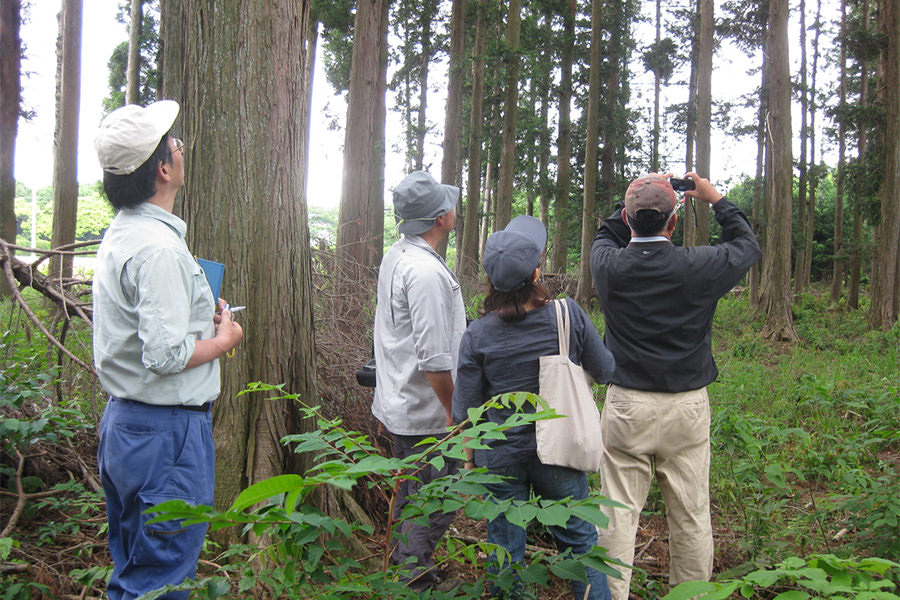
We have been carrying out migration surveys of the Northern Goshawk together with NPO experts since 2012, when we were able to identify a nesting site near our headquarters. The presence of the Northern Goshawk is evidence that the ecological balance is being maintained and that the area is rich in nature.

Major activity
To achieve our vision of “building a company that coexists with nature,” we must help our employees understand the importance of biodiversity conservation. To help them discover for themselves the living things inhabiting the grounds of our headquarters as well as surrounding areas, we have been continually hosting nature “wildlife” observation events since 2013.
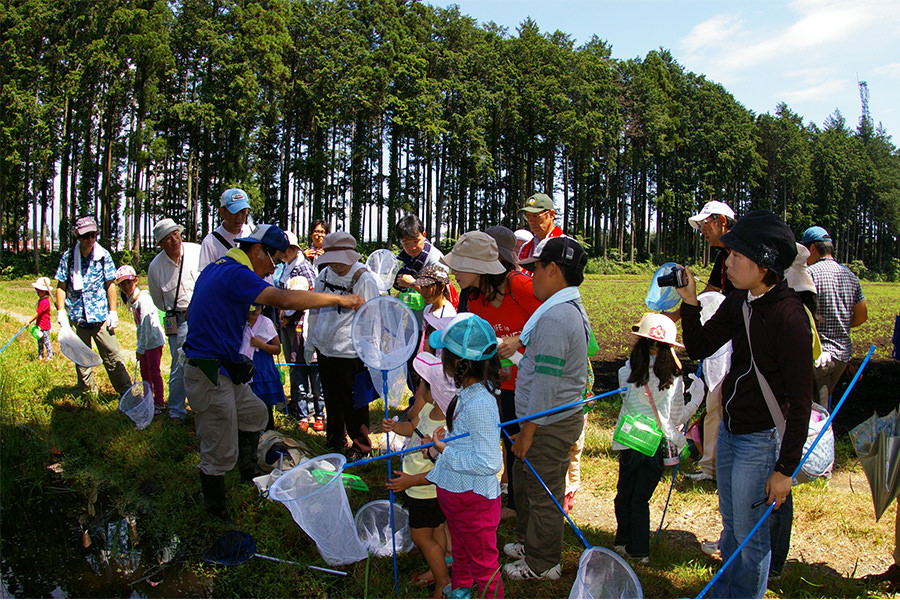
Major activity
With the goal of creating “a green space for biodiversity conservation” and “a peaceful place for employees,” in 2014 a group of 50 employee volunteers and their families helped plant some 3,000 saplings throughout our 10,000m2 company grounds. We selected the trees for planting with thought given to maintaining a good balance with trees found in Tochigi Prefecture and in the surrounding area. For the pathways, we covered them with wood chips recycled from wooden pallets used at our production facility. We aim to create a green space in which we can enjoy the scenery of the seasons while continuing to coexist with nature. (The top photo of this page was taken in August 2018)

Activities: Case study 1
We have been installing a bird bath at our headquarters for birds to enjoy bathing. We hope that the a bird bath will be peaceful places where birds can come to preen their feathers and get a drink, and where people who visit them can enjoy watching lovely birds.

Activities: Case study 2
One of the biodiversity conservation activities carried out by Canon Medical Systems centers on butterflies. We planted saplings that butterflies prefer in one area of our headquarters to create a “butterfly biotope.” an environment in which various species of butterfly can breed.
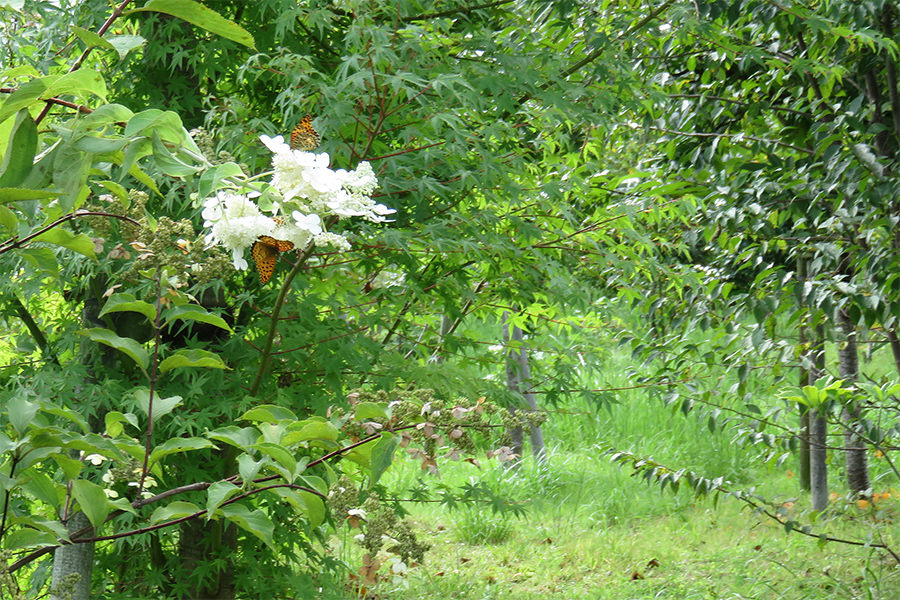
In our surveys to date, we have confirmed the presence of 61 species of butterfly, and in the future we hope to link this to conservation activities for near-threatened species at both the prefectural and national level, which include the Great Purple Emperor (Sasakia charonda) and the Oriental Hairstreak (Favonius orientails).

Oriental Hairstreak
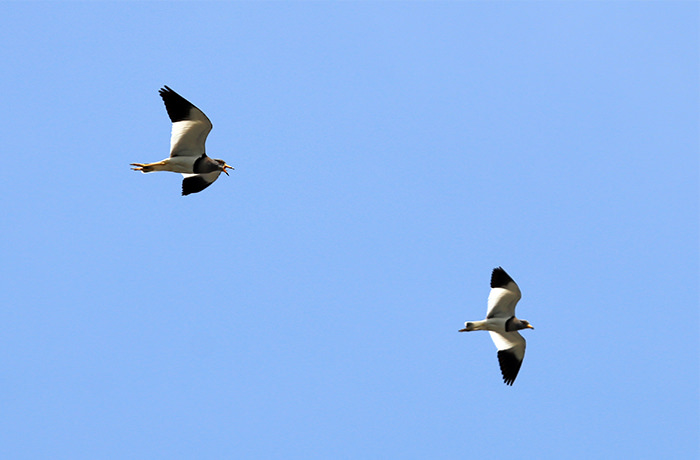
A member of the order Charadriiformes, its habitat includes waterways, paddy fields and croplands. Its characteristic feature is its long yellow legs, which stick out past its tail as it flies.

Its characteristic features are its yellow legs and the yellow ring around its eyes. It nests on the ground in open gravel areas near freshwater. Its call is a soft “Pio,” and during the breeding season it continuously sings “Pi-pi-pi” as it flies.
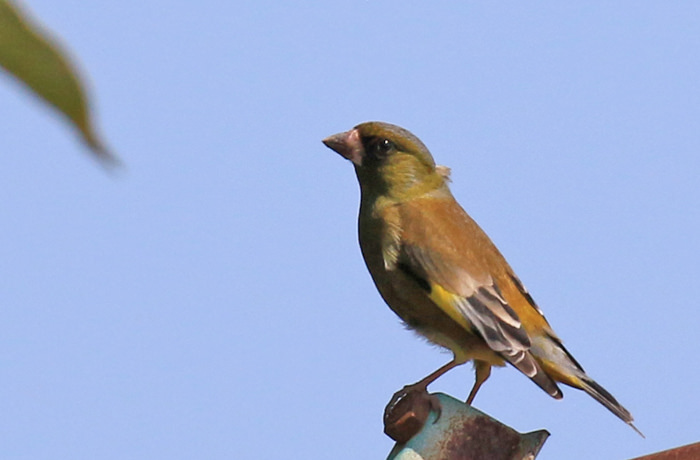
Can be found in forests, grasslands, croplands, and along waterways. It mostly eats seeds with its distinctively fat, flesh-colored beak.
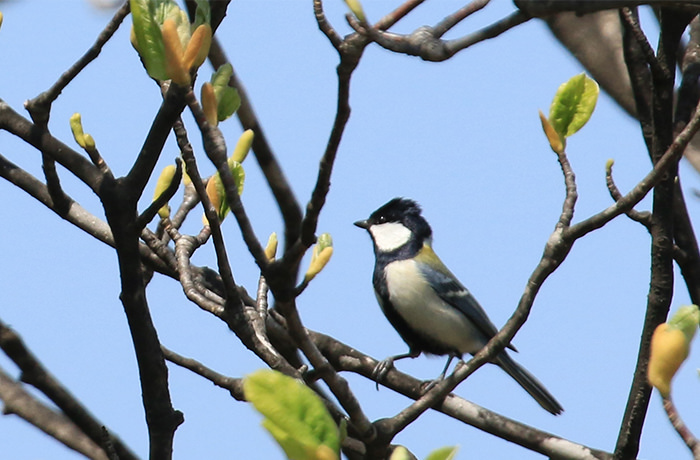
Its black necktie is its charming feature. The male can be heard repeating his “Tu-pi” or “Tu-tu-pi“ song in spring and summer.
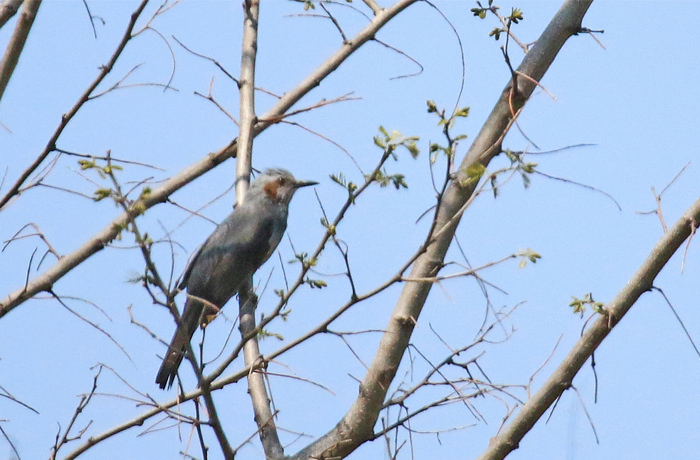
With a rather long beak, it eats tree fruits and insects but also likes nectar from flowers. Often it lives in flocks and is an avid singer.

With a grey back, it is one of the largest species of heron. From the front it looks white, but from the side and back it looks grey.
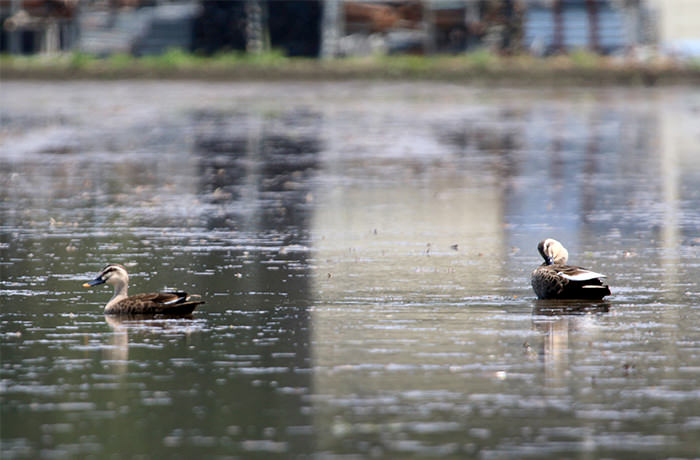
Can be seen near water in Japan all year round. It moves to grassy areas in spring to build a nest and breed. The male and female are almost identical in color, and the male looks similar to females of other duck species.